The information was shared by the APSARA National Administration, adding that this equinox event is related to the architecture of Angkor Wat in history.
The remarkable event at Angkor Wat always attracts thousands of domestic and international tourists to come and watch and record that wonderful moment as a souvenir, according to Khmer Times .
Equinox, derived from the Latin word meaning "equal night", is a time when day and night are approximately equal in length, unlike some normal months when night is longer than day or day is longer than night.
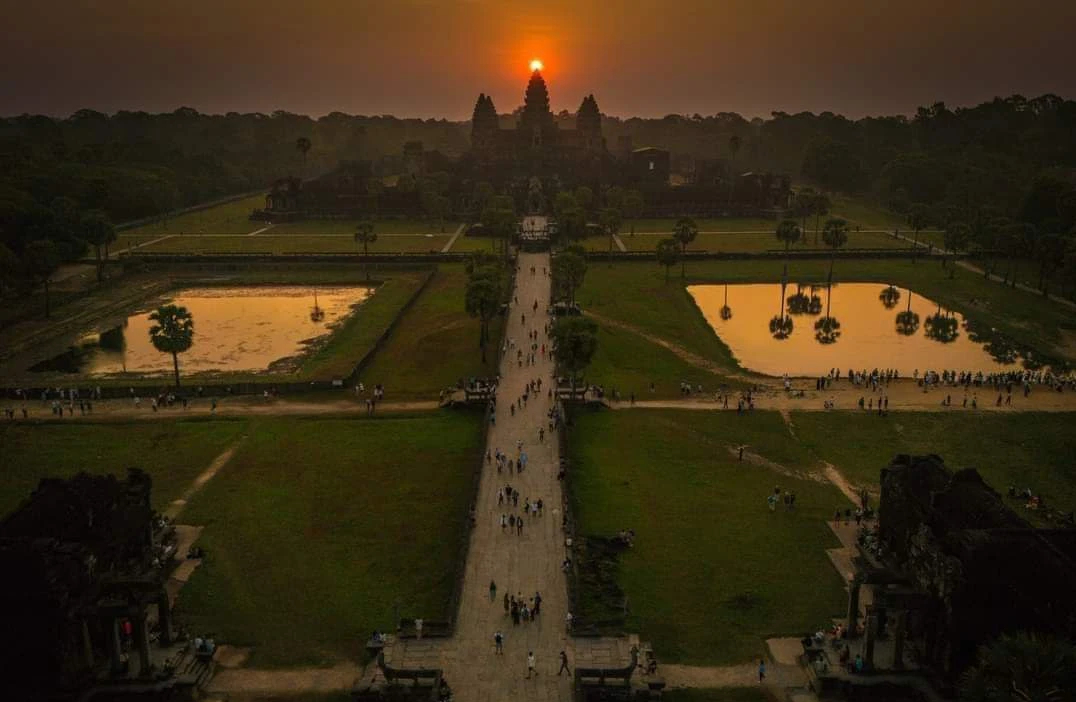
Visitors standing at the western entrance at the equinox can see the sun rising directly over Angkor's central tower.
The equinoxes at Angkor Wat are not a coincidence but rather a feature of the Khmer ancestors who prepared the temple architecture in advance, with the intention of adjusting natural phenomena so that Angkor Wat would receive the sunrise on top of Angkor Wat. This special sunrise event occurs twice a year, in March (spring equinox) and in September (autumnal equinox).
APSARA National Administration spokesman Long Kosal told the Phnom Penh Post that the twice-yearly event is important for Angkor Wat, as it shows tourists ' interest in the "amazing" ability of ancient Khmer architects who "collected their creative ideas" to build a temple that interacts precisely with natural phenomena.
“It shows the incredible thinking of previous generations of Cambodians. Our ancestors were extremely creative and that is why so many tourists look forward to visiting the temple,” he said.
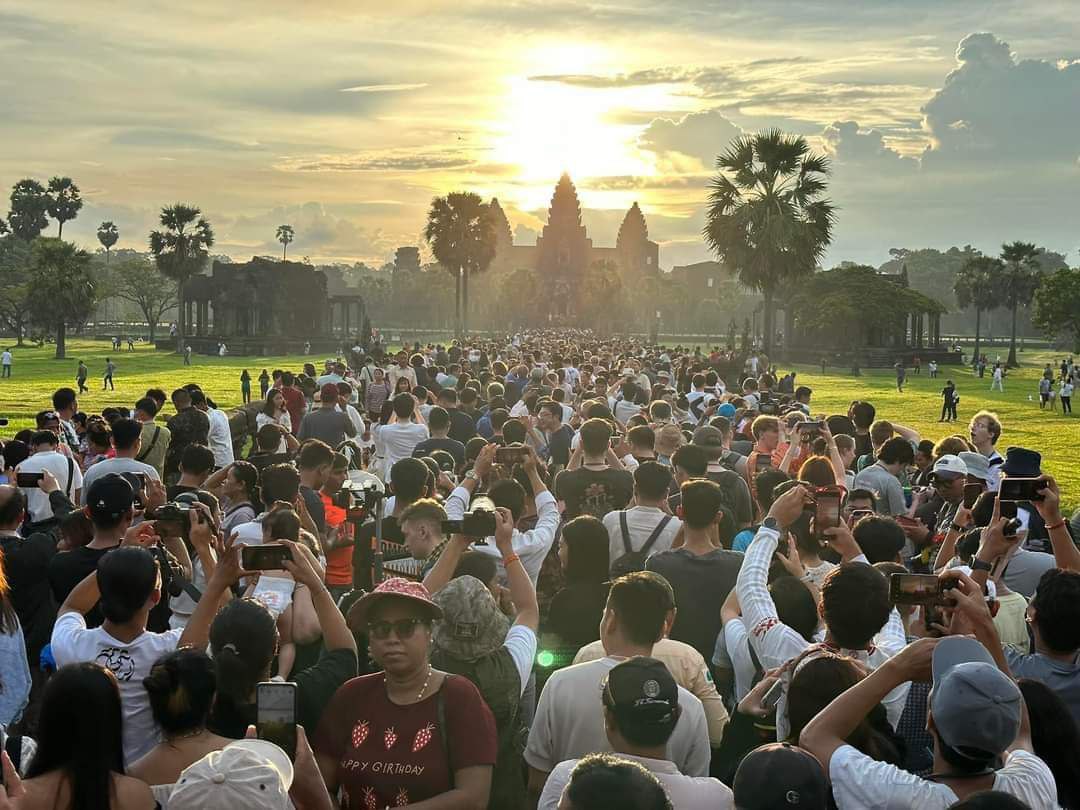
Crowds of tourists and locals come to watch the sunrise over Angkor temple in 2022
Every year, during the spring equinox, visitors can observe a glowing red orb rising behind the center of the temple, drawing shouts of joy from thousands of visitors.
Im Sokrithy, archaeologist and director of the Department of Temple Conservation at Angkor Archaeological Park, explains that the spectacular sunrise at Angkor Wat is not a coincidence but a feature of the temple's design by 12th-century Khmer architects and mathematicians, "who prepared the temple's architectural layout with the aim of adjusting to natural phenomena."
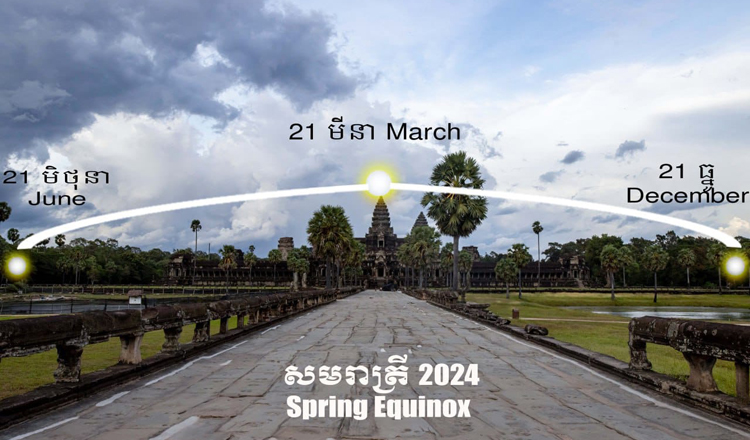
Sunrise position in Angkor in June, March and December
The vernal equinox is the moment when the sun lines up directly above the equator. "Along with the autumnal equinox, this is the moment when day and night are of equal length," says astrologer Catherine Gerdes.
Spring equinox at world heritage sites
In Mexico, the Mayan site of Chichén Itzá has a special connection to the spring equinox. Here, the pyramid called El Castillo is aligned so that a shadow forms the shape of a snake of light (Kukulcán) that descends the steps on the equinoxes, according to CNN.
In Britain, the mysterious stone structure of Stonehenge has been a popular gathering place for solstices and equinoxes for many ages.
On the Mediterranean island of Malta, an ancient megalithic temple in the Mnajdra complex is positioned so that the morning rays of spring and autumn shine directly through the main entrance.
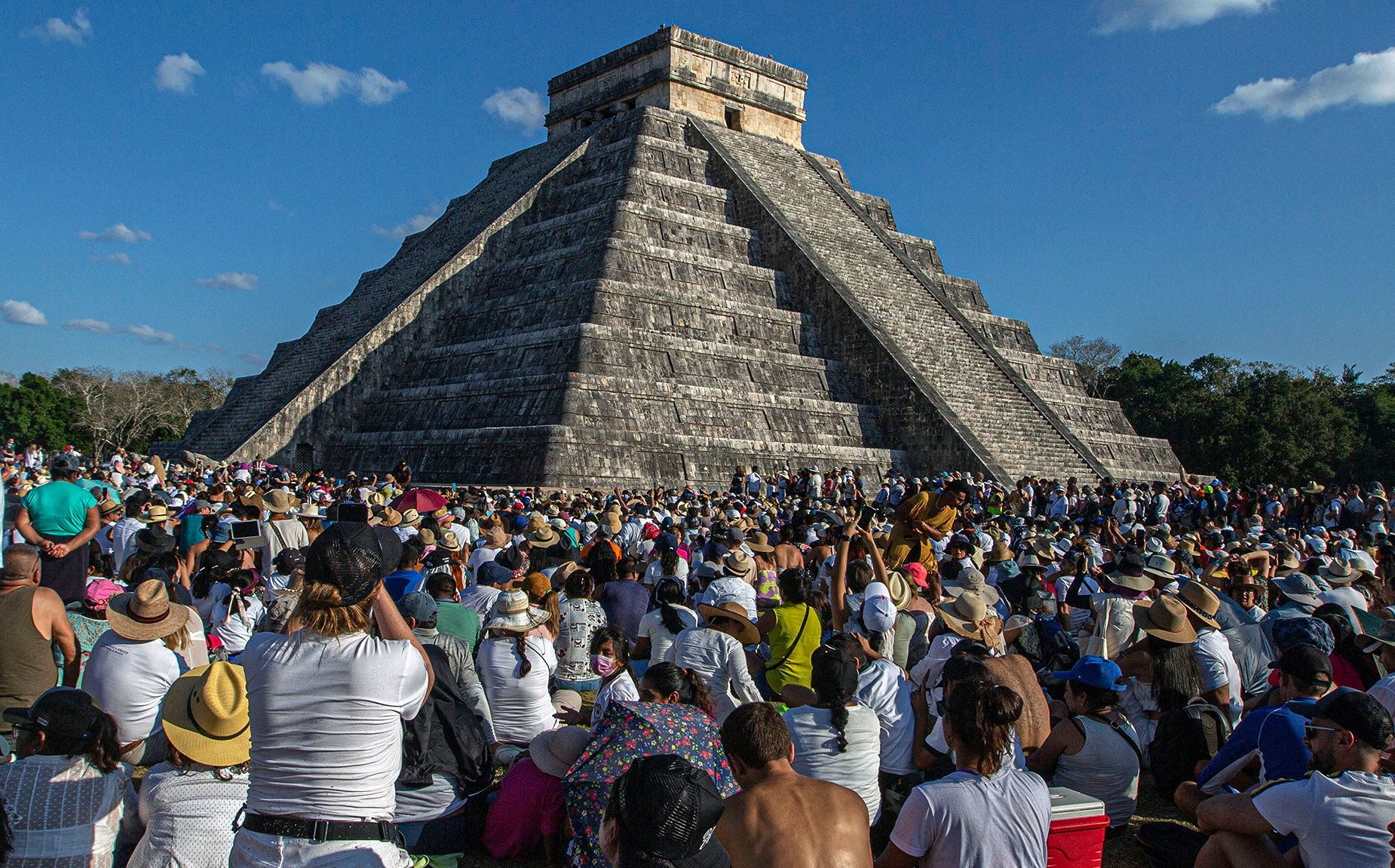
People gather around a pyramid at the Mayan archaeological site of Chichén Itzá in the Mexican state of Yucatan, during celebrations of the spring equinox in 2023.
In Japan, the vernal equinox is a public holiday (Wednesday, March 20 this year). Many people still observe old traditions such as visiting family graves and holding family reunions to mark the equinox.
Nowruz is the Persian New Year, which means “new day.” The first day of the year always begins with the spring equinox, a time to celebrate prosperity and welcome the future while letting go of the past. That’s why families use this time to clean out their homes and closets and buy new clothes.
According to VisitBeijing.com, in China, trying to stand an egg upright is a popular game during the spring equinox. The custom is said to date back thousands of years and it is believed that if people can stand an egg upright, they will have good luck.
In 2024, the vernal equinox falls on March 19 or 20 depending on your location. In Vietnam, the vernal equinox occurs at 10:01 a.m. on March 20.
According to the Hanoi Astronomical Association, at the time of the vernal equinox, the sun will shine directly on the equator, making day and night almost equal all over the world. This is also the first day of spring in the Northern Hemisphere and the first day of autumn in the Southern Hemisphere.
Source link






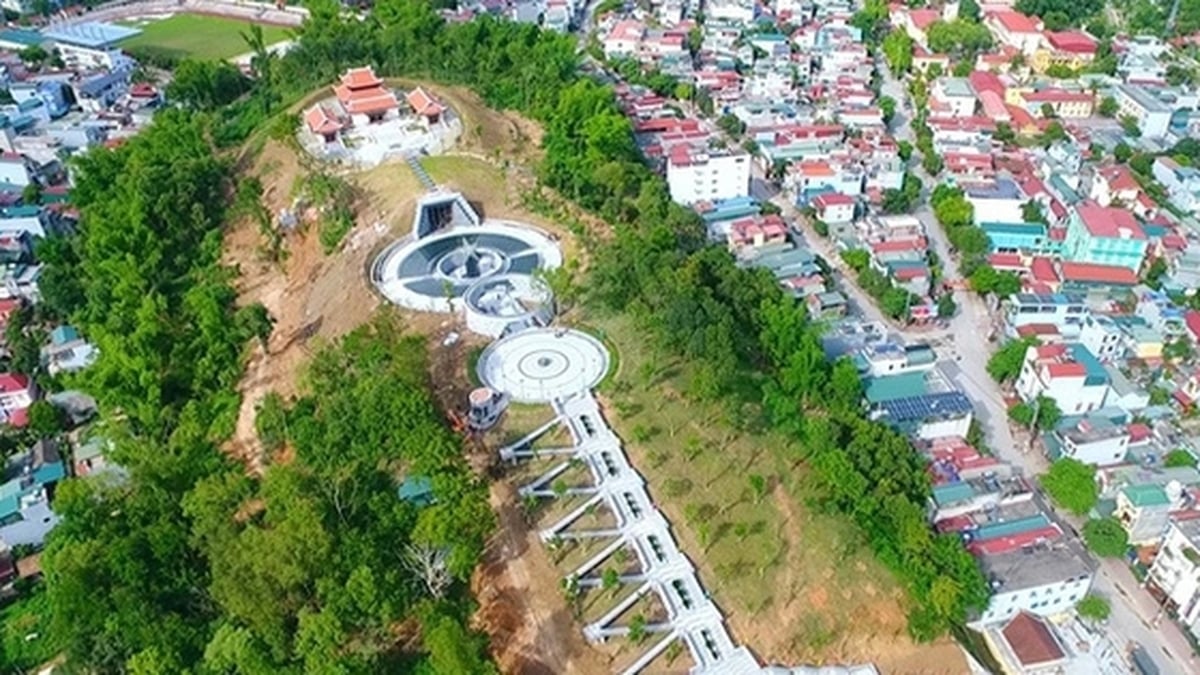
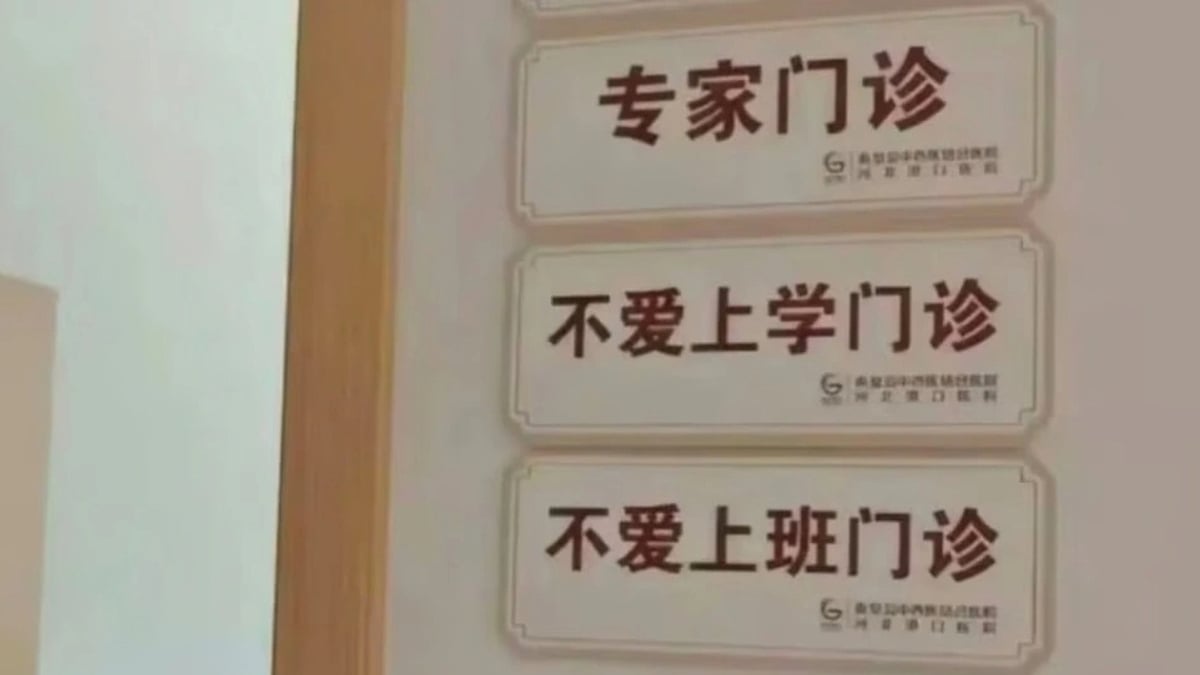


















![[Photo] National Assembly Chairman Tran Thanh Man visits Vietnamese Heroic Mother Ta Thi Tran](https://vphoto.vietnam.vn/thumb/1200x675/vietnam/resource/IMAGE/2025/7/20/765c0bd057dd44ad83ab89fe0255b783)




































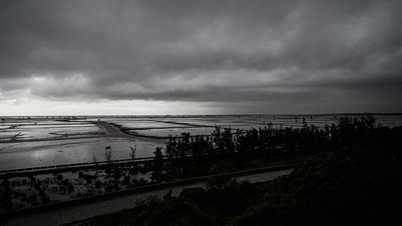



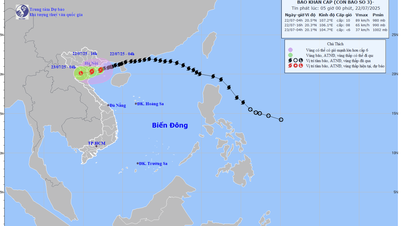




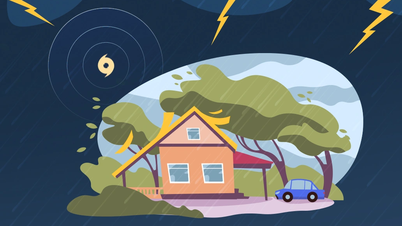






























Comment (0)